Signed Math Moreau
Outside the competition, stamp: Medal of honor
- H. 73 cm
Slight wear to the patina in places
Mathurin MOREAU (1822-1912),
He is admitted to the School of Fine Arts in Paris in 1841 in the workshops of Jules Ramey and Auguste Dumont.
He won the second prize in Rome in 1842 with Diodemus removing the Palladium. He began at the Salon of French artists in 1848 and stood out there with the statue L'Élégie. He obtained a second class medal at the Universal Exhibition of 1855 in Paris, then a first class medal in 1878.
In 1897, he was crowned with a medal of honor at the Salon of which he became a member of the jury during the Exposition Universal of 1900 in Paris.
He then exhibited a white marble bust representing Ishmael, son of Abraham and Hagar (after his bust in Carrara marble and bronze from 1875, entitled: Ismaël, candeur).
Between 1849 and 1879, Mathurin Moreau collaborated with the Val d'Osne art foundry and, as a shareholder, became one of its administrators, but, observes Pierre Kjellberg, “the reign of Napoleon III was also that of fireplace fittings. , and these hitherto very rare sets are multiplying and often appear in the catalogs of bronze publishers ”: Mathurin Moreau's Reader is part of this enthusiasm.
The artist also supplied models to the Compagnie des bronzes de Bruxelles and exhibited at the Central Union of Fine Arts Applied to Industry in the 1880s. In 1880, the artist received a premium during the competition for the erection of an allegorical monument of La Défense de Paris at the Courbevoie roundabout (roundabout at the origin of the Defense district), but it is to Louis-Ernest Barrias that the commission is awarded.
From 1879 and until his death, Mathurin Moreau was elected mayor of the 19th arrondissement of Paris - created in 1860 after annexation of the municipalities of Belleville and La Villette - where the rue Priestley would take the name of avenue Mathurin-Moreau under of the decree of July 16, 1912.
He died on February 14, 1912 in his home at 15, passage du Monte Negro in the 19th arrondissement of Paris. His funeral took place at the Saint-Jean-Baptiste church in Belleville and he was buried in the Lilas cemetery.



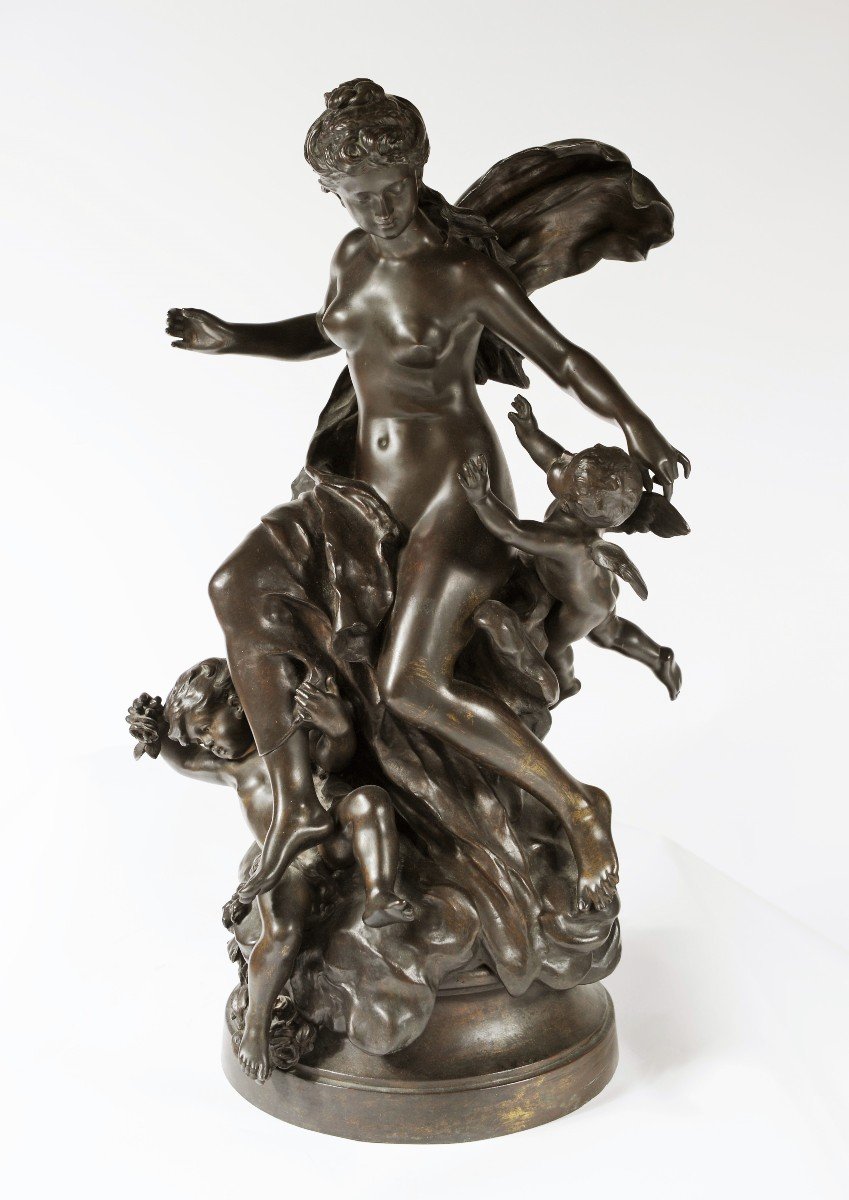
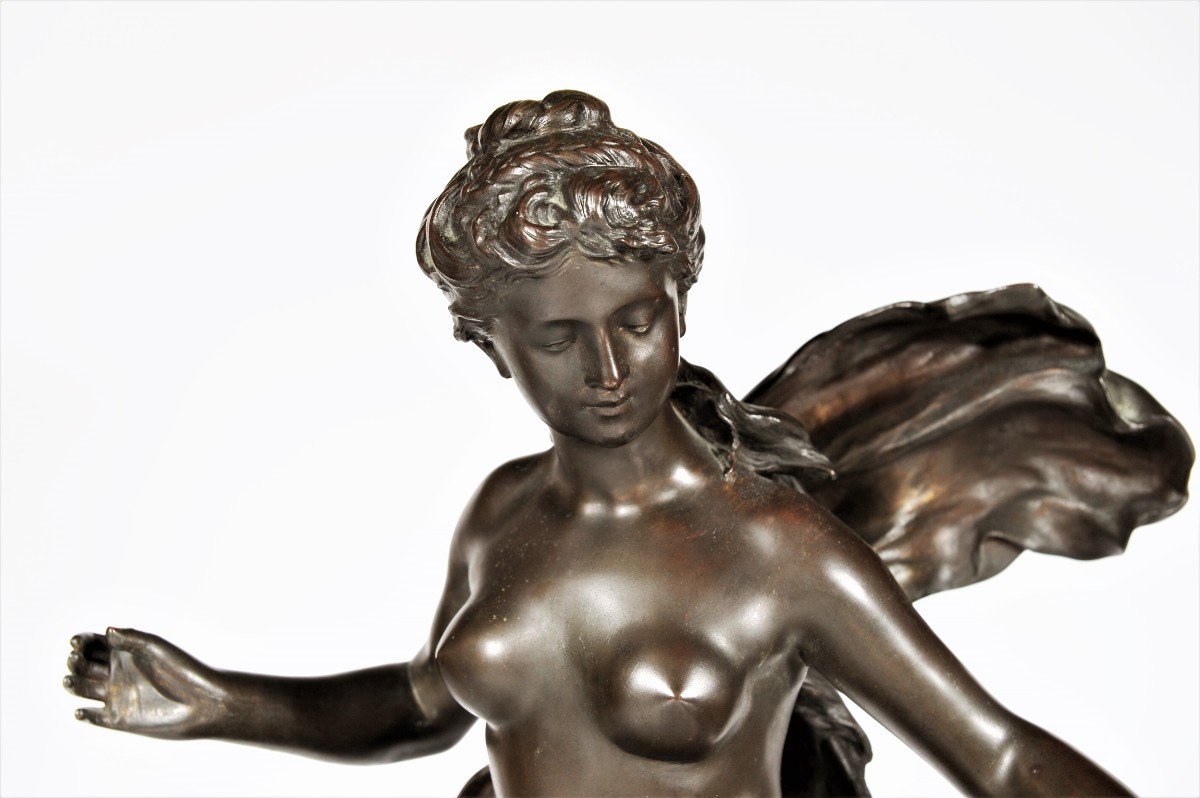
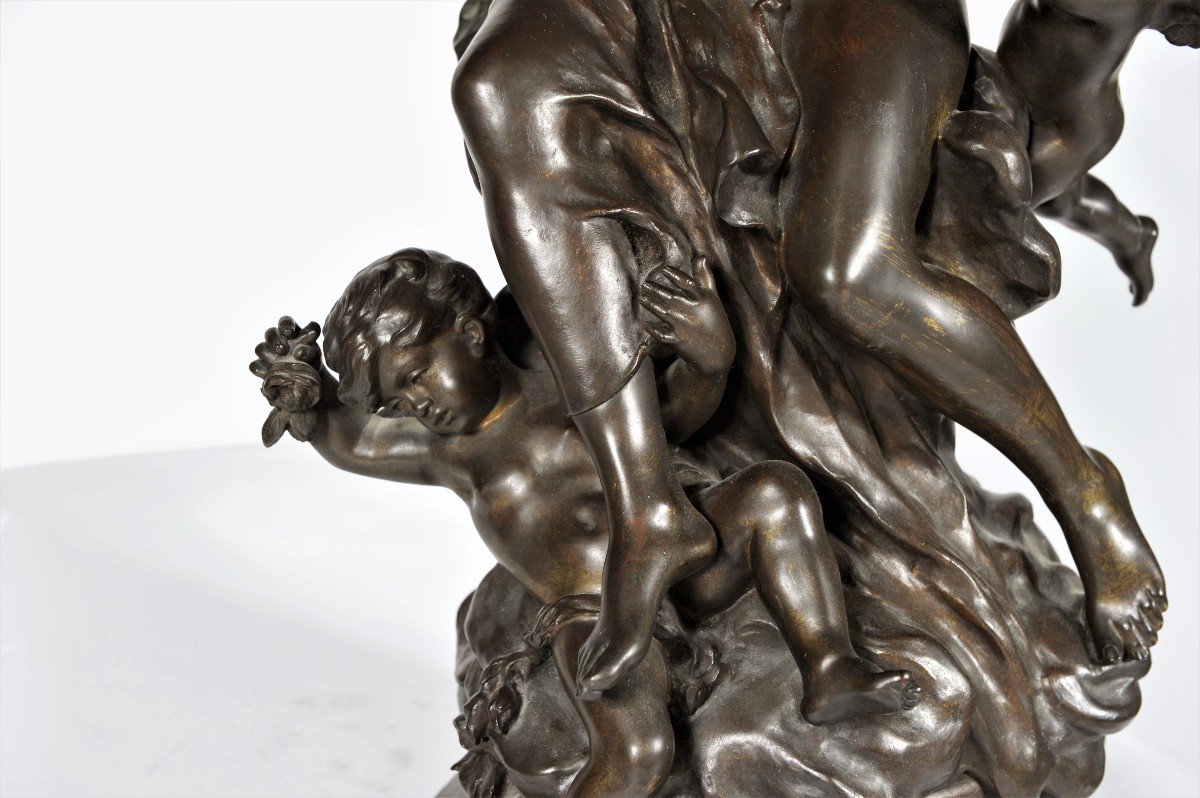
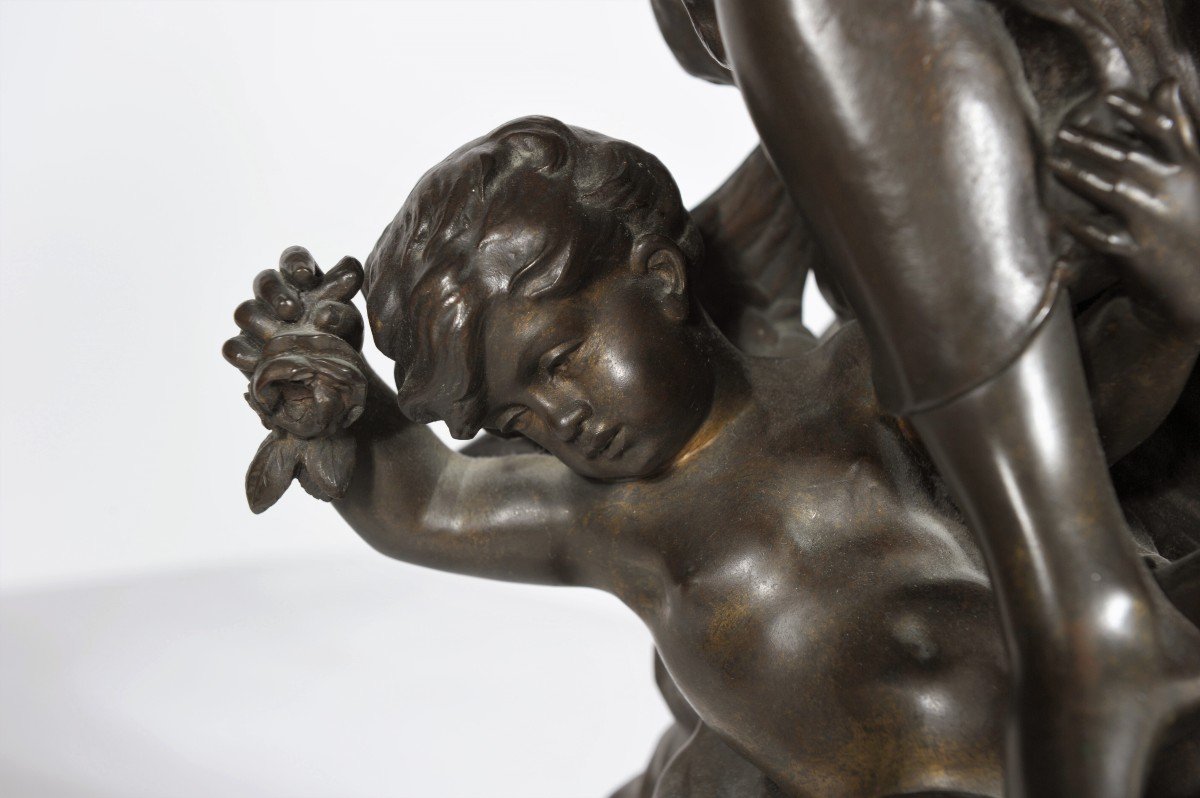
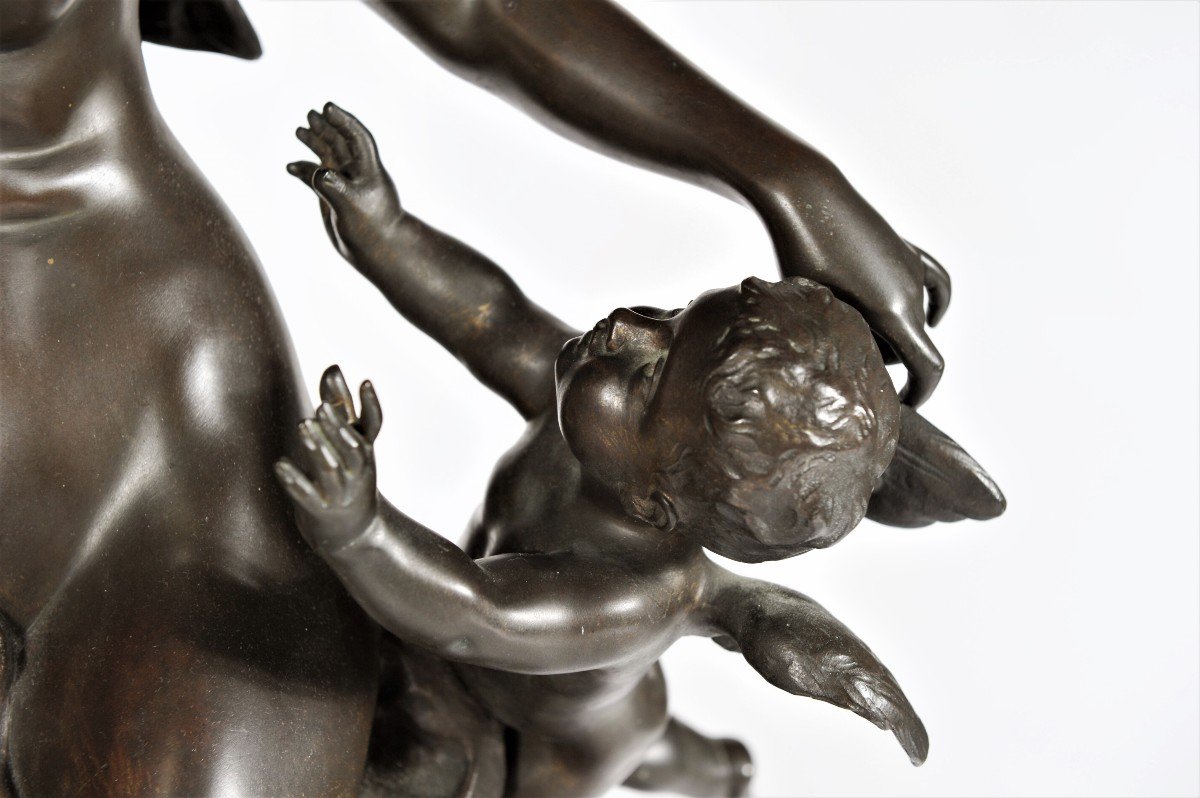
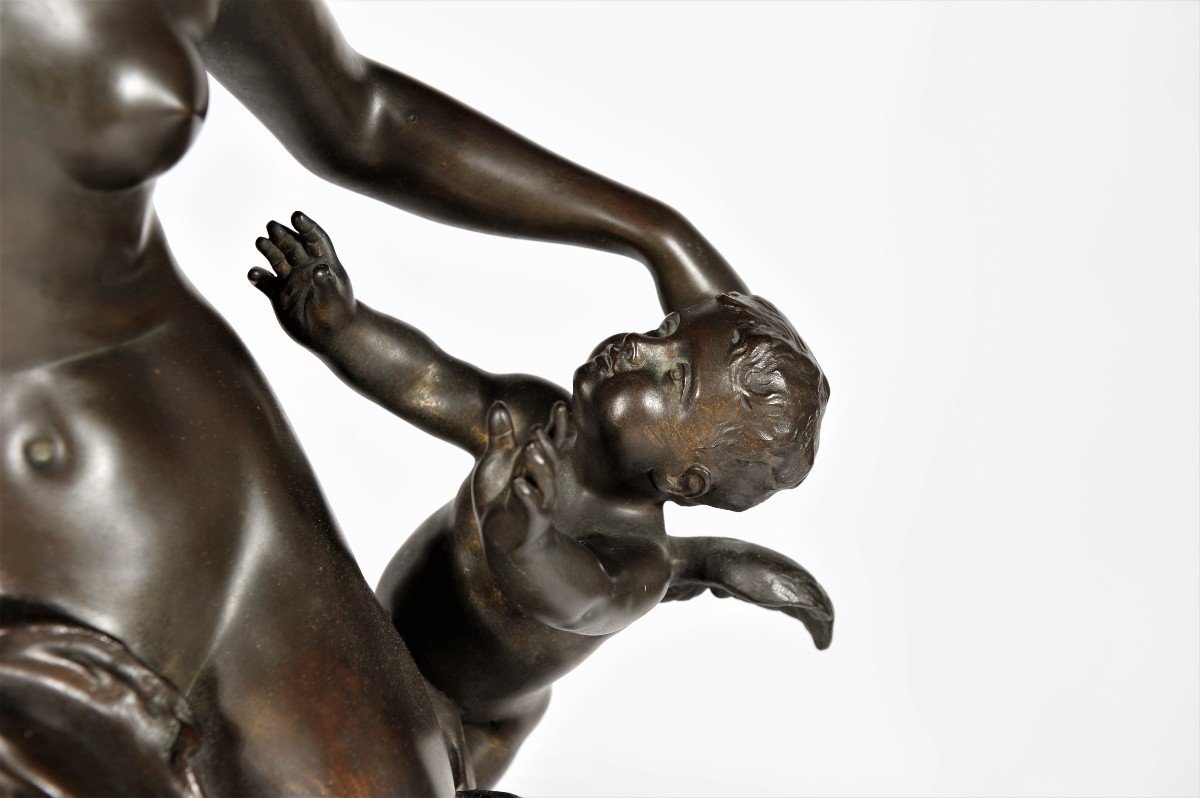
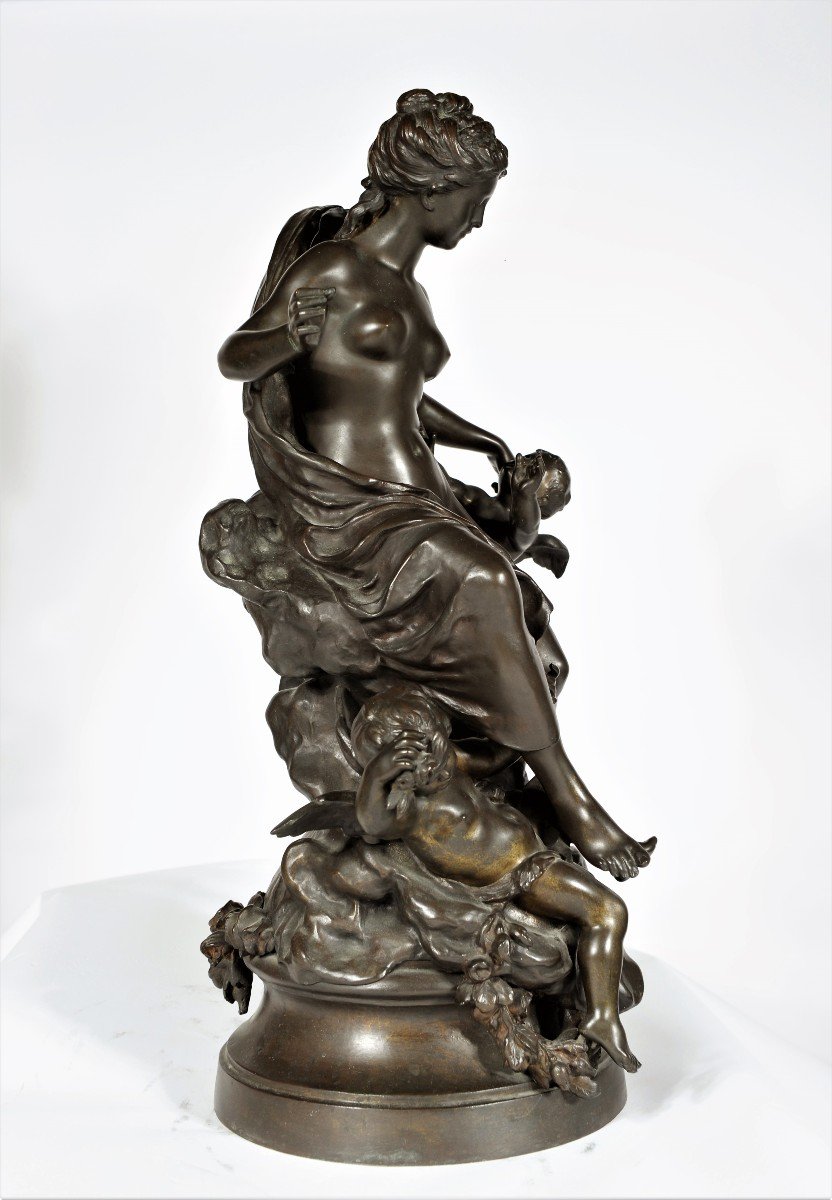
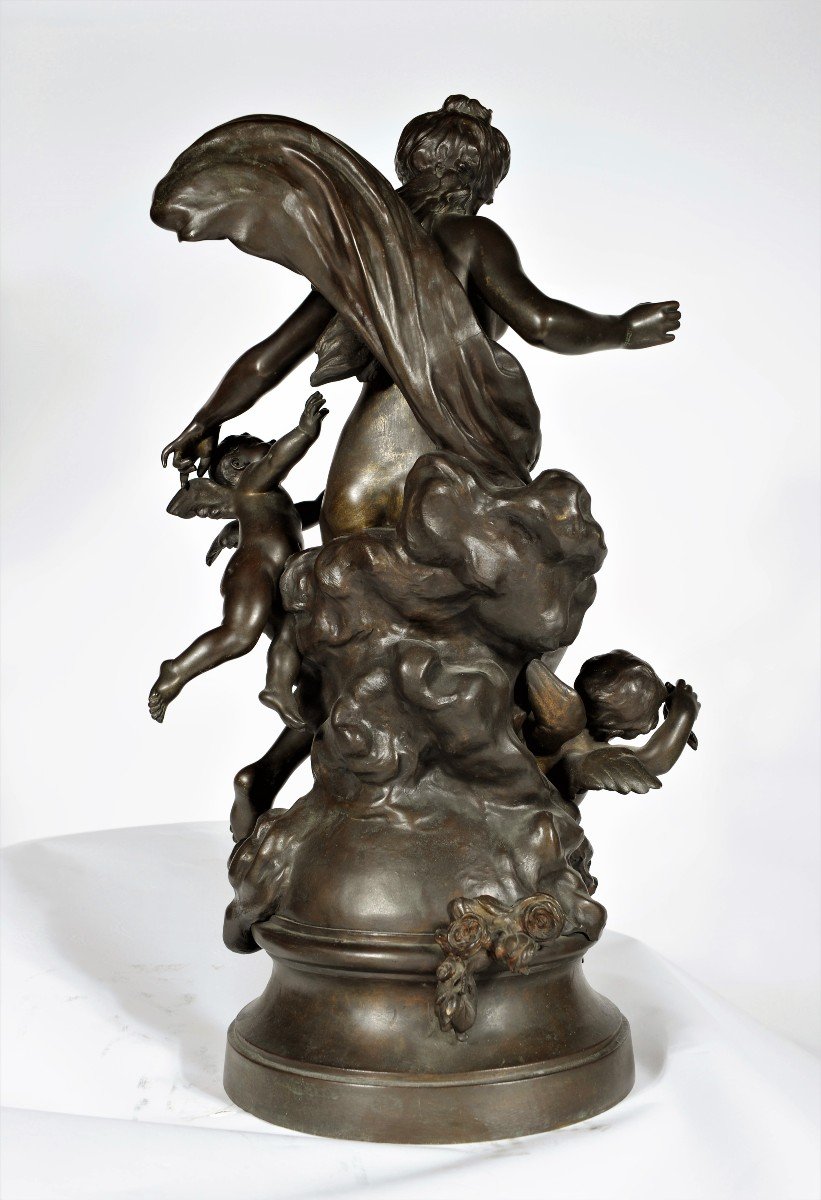
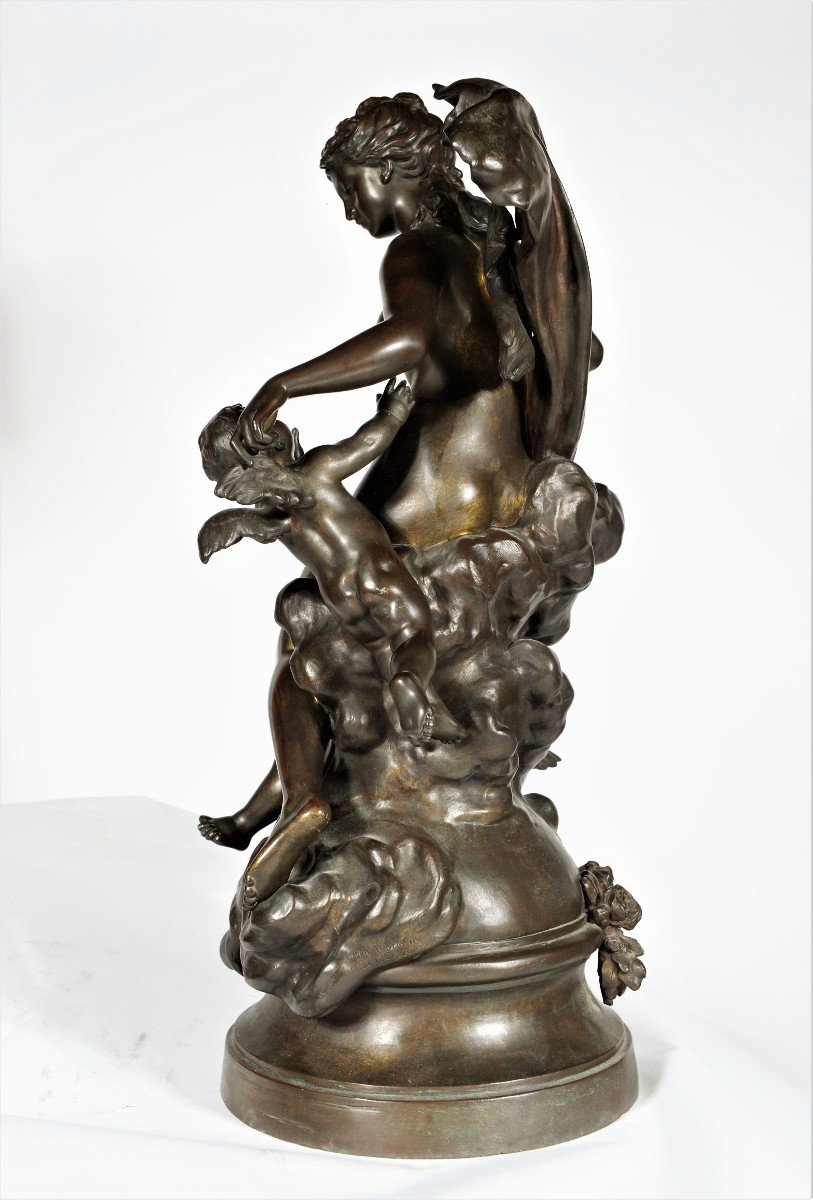
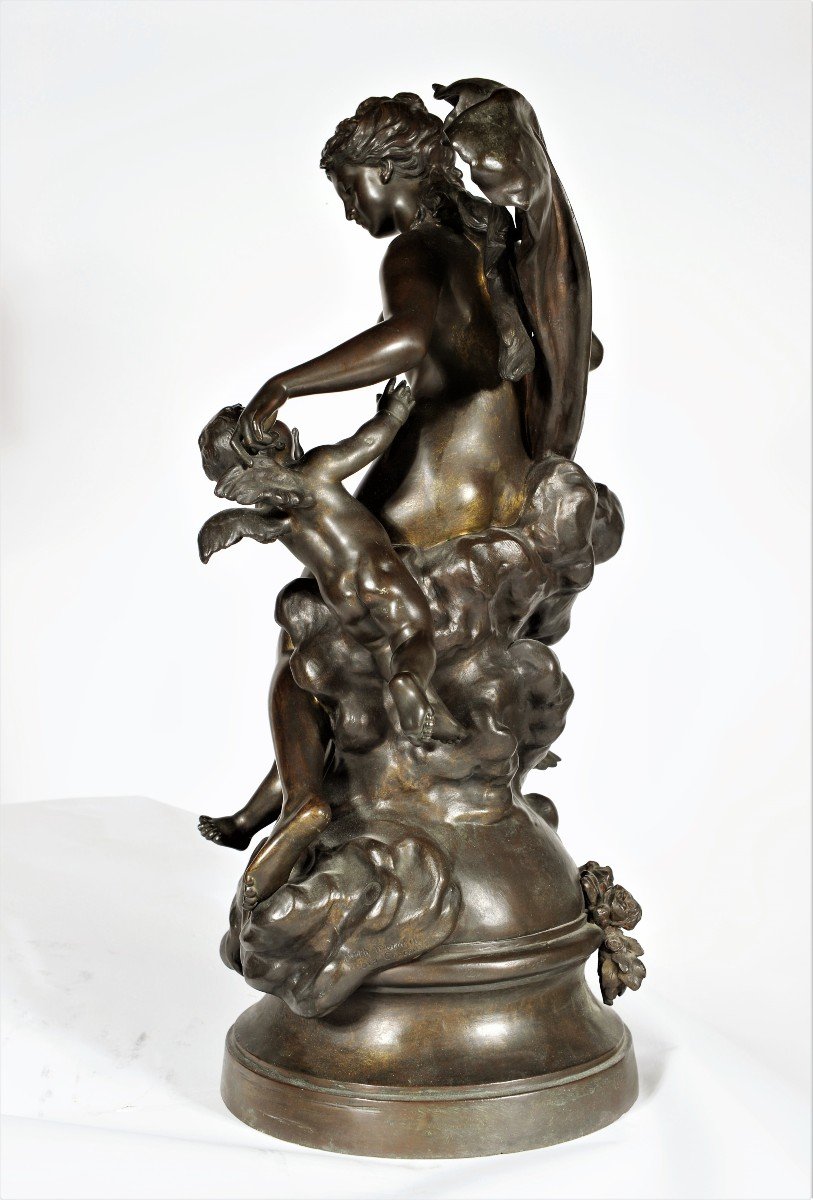
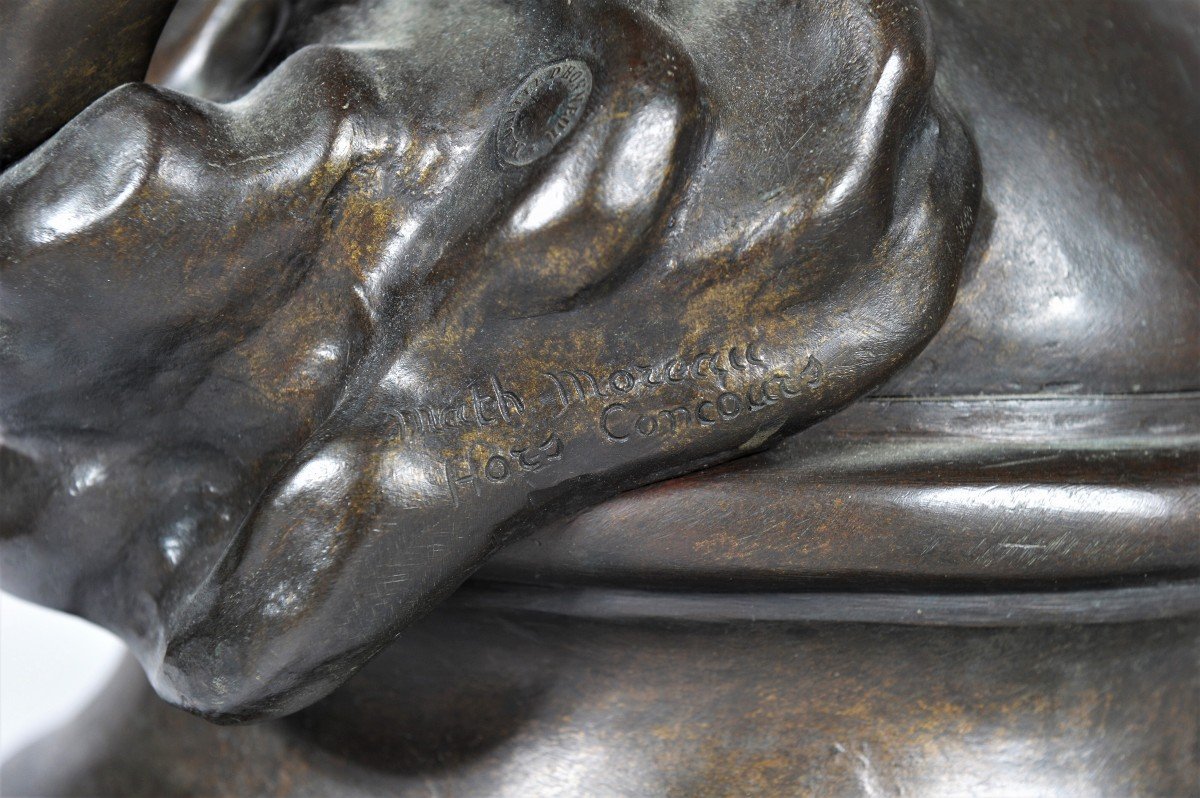


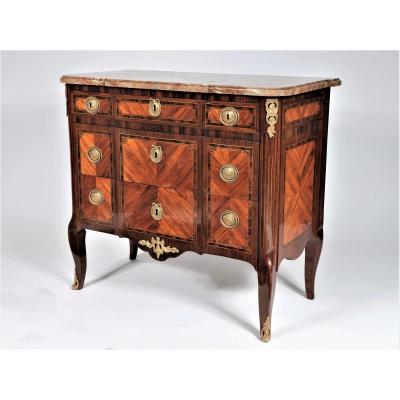
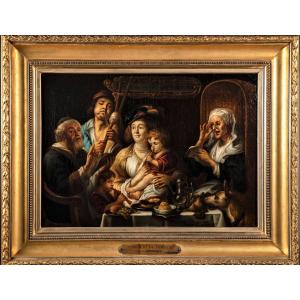

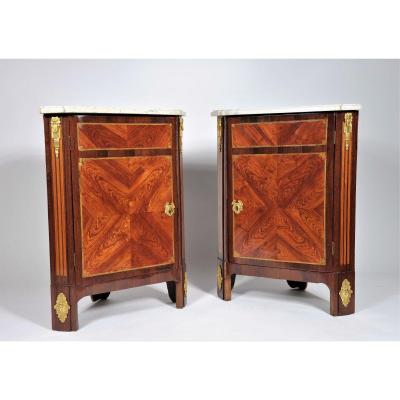
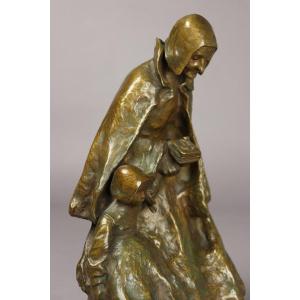



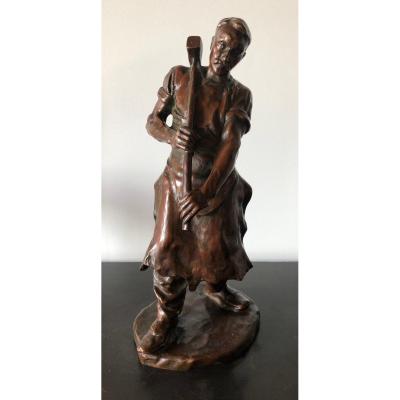




 Le Magazine de PROANTIC
Le Magazine de PROANTIC TRÉSORS Magazine
TRÉSORS Magazine Rivista Artiquariato
Rivista Artiquariato
